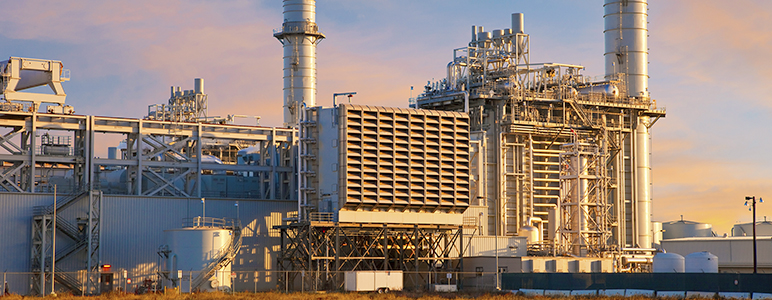


With the exception of a few bumps and starts, the nation’s history with natural gas use has been to consume as much as we can, as quickly as possible.
As far as fossil fuels go, gas is perceived to be cheap, plentiful, versatile and cleaner than coal or oil. However, continued investments in gas-fired plants thwart efforts to stabilize greenhouse gasses in the atmosphere and divert money that could help advance clean generation technologies with the potential to significantly reduce the impact of climate change. For example, wind and solar present opportunities for exponential growth and emerging self-generation and storage technologies can create entirely new pathways to our energy future.
Read the full report, Natural Gas as a Bridge Fuel – Measuring the Bridge
Coupled with ever-growing environmental concerns about large industrial leaks and fracking, there is a need for policymakers and regulators to establish firm timelines to nearly eliminate natural gas from the nation’s energy portfolio. The well blowout at California’s Aliso Canyon gas storage facility in October 2015 – the nation’s largest methane leak in history – illustrates the potential lurking hazards.
Looking to the future, many expect the growth in natural gas use and investment in related facilities to continue unabated. Yet, natural gas has limited carbon-reduction benefits that clearly do not support long-term carbon reduction goals and climate action plans.
A new CSE report questions how the pressures to allow for high returns on past and ongoing natural gas capital investments affect our ability to move away from its use.
Facilities remain for 30-60 years
With each passing year, the likely life span of new natural gas power plants moves further into the future. As demand for natural gas to run power plants grows, so does the need for additional investment in natural gas pipelines, equipment and facilities to gather and process the raw material. Investors in these facilities will want to maximize their return by sustaining natural gas markets as long as possible.
Natural gas advocates characterize it as a bridge fuel. The implication is that we will use it now, to achieve short-term greenhouse gas reductions by replacing coal-fired power, then reduce or end reliance on natural gas over some period to lock in long-term greenhouse gas reductions.
But how long is the bridge?
Policymakers and regulators need to set limits
An increased reliance on natural gas can only be an interim solution, and the solution should come with a definitive exit strategy if our nation is to end its ambiguous relationship with the fossil fuel. CSE’s report suggests several steps policymakers and regulators can take to improve the likelihood of crossing the bridge to a sustainable, carbon free future, instead of an indefinite and ill-advised dependence on natural gas.
- Make plans –Regulators can adopt long-range plans to shape natural gas development and use. Both state and federal regulators make decisions every day that affect our reliance on natural gas without having a clear assessment of long-term implications. Quantifying our current gas use and understanding trends is a first step. Then, regulators can develop scenarios that will support a reasoned retreat from natural gas use.
- Create deadlines – Lawmakers and regulators must set final dates, perhaps as soon as 2020, beyond which no new natural gas power plants can be approved.
- Schedule a phase-out – Policymakers must develop an explicit plan to phase out the use of natural gas in existing power plants by at least 2050, regardless of the age of the facility.
- Use existing tools – The good news is that we don’t have to wait for new technologies or better options before we reduce our dependence on natural gas. We have the tools to do it now. To maintain grid reliability, lawmakers and regulators must require the strategic selection of renewable power sources (both in terms of type and location), increase the range of demand response tools, act to increase the adoption of energy efficiency measures by focusing on the transformation of energy markets, increase reliance on regional power swings through the use of Energy Imbalance Markets and require the retrofit of existing natural gas power plants to add flexibility in their operation.
Acknowledging that the use of all fossil fuels, including natural gas, must have limits is critical to shifting the public conversation. Those limits are unlikely to be achieved, within any acceptable time frame, without careful planning and consideration of all proposed interim actions. But, the result of taking deliberate steps will ensure that our natural gas use truly serves as a bridge, rather than a permanent and fraught pathway.
Read the full report, Natural Gas as a Bridge Fuel – Measuring the Bridge.

